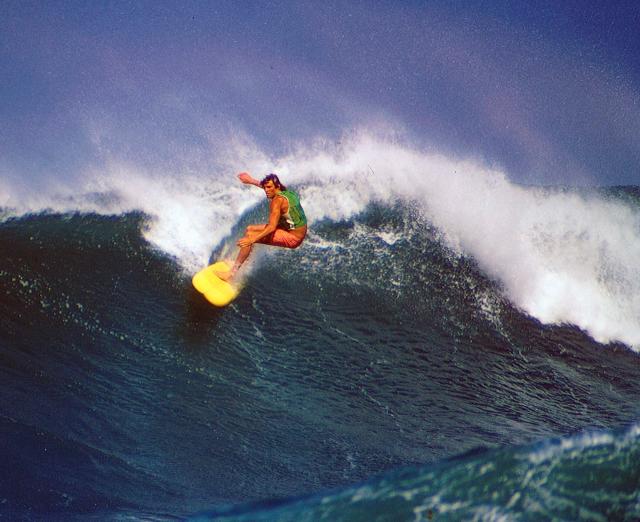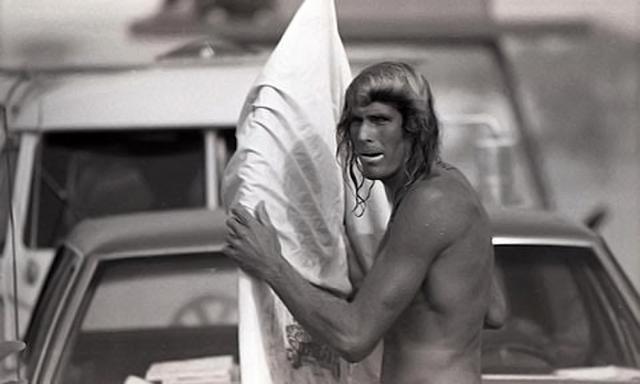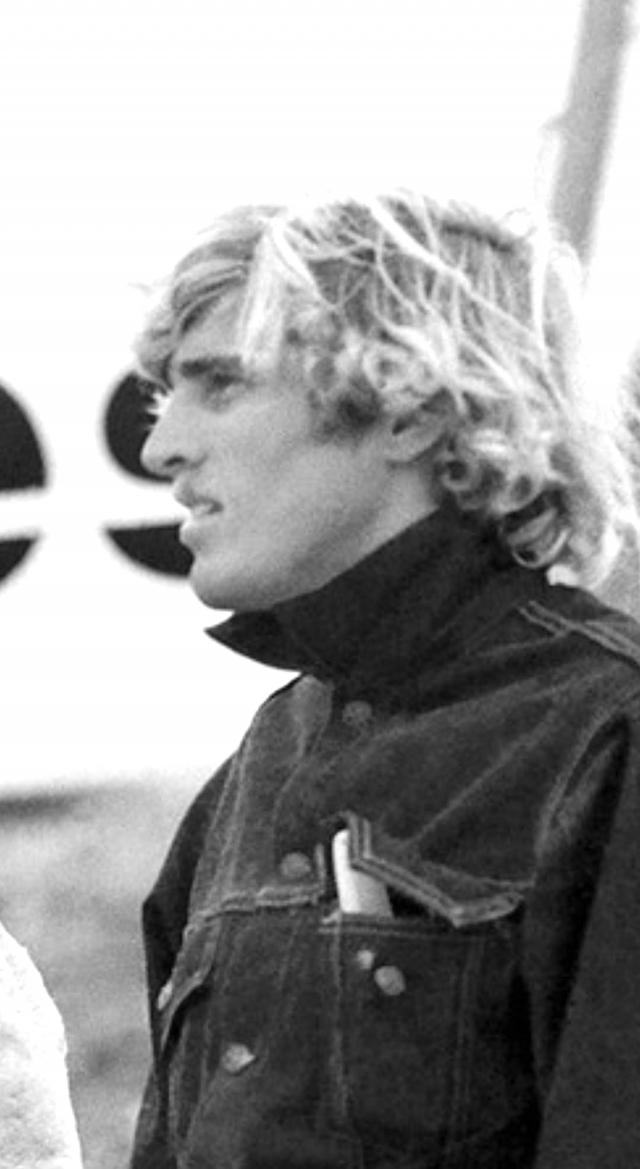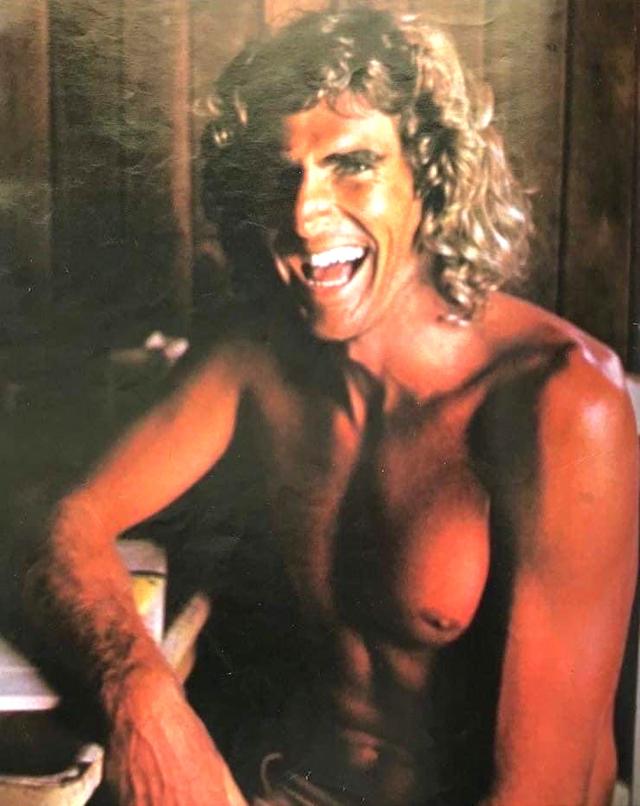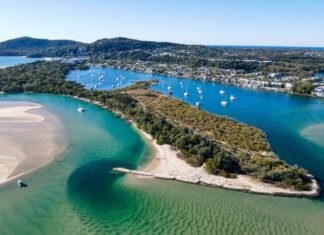Queensland surfing lost one of its giants – literally and figuratively – last week with the passing of former champion Rick Neilsen after a long battle with cancer.
Although Rick never quite attained the competitive success of younger brother Paul, a former Queensland, Australian and Smirnoff Pro champion, he represented his country at the 1972 world titles in California, surfed in all the Hawaiian big wave events and in 1970 won the fledgling Noosa Open, Australia’s first professional surfing event, against some of the best surfers in the world, including Gerry Lopez and Jimmy Blears.
The third oldest of six brothers, Roderick James Neilsen was born on the Gold Coast in 1948 and attended Broadbeach State School before following his legendary father Bill (known as Ganger) into the building trades. Ganger was also the first professional lifeguard at Surfers Paradise, sponsored by businessman Jim Cavill in the days before council funding. A water baby before he could walk, Rick learned how to surf at Broadbeach over the summer of 1960-61.
By the mid-1960s, Rick and Paul, three years his junior, were the standout young surfers on the Gold Coast, alongside Broadbeach’s Peter Drouyn, two-times national junior champion. The Neilsen brothers made Burleigh Point their own, with Rick charging the outside break at The Cove on the biggest days. Both were invited to join the prestigious Windansea Surf Club’s Queensland branch, based at Paula and Bev Stafford’s flats on Cavill Avenue, Surfers Paradise.
In 1967 Rick gave up bricklaying to become a surfboard shaper under master craftsman Lawrie Hohensee, fast becoming an expert himself, while designing and shaping surfboards for Paul and himself to continue their outstanding run through the amateur competitive ranks, where they had both become regular fixtures on the podium at national titles.
Following the 1970 International Surfing Federation world titles, held at Bells Beach and Johanna in Victoria in mid-May, several of the world title contenders from Hawaii and California made the long trek to Noosa for the third annual pioneer professional event, the Noosa Open, which boasted more than $1000 in cash and prizes. The internationals were no match for homegrown Rick Neilsen, whose gangly two-metre form swooped all over the beach breaks at Sunshine to win the final, with Paul in third place.
By this time the Neilsens were renowned party boys, so considering the giant Saturday night bash at the Royal Mail, with Sydney hip band Tamam Shud providing the music, this was a heroic effort.
In 1972 both the brothers were chosen in a strong Australian team for the world titles in San Diego, which also included rising Coolangatta stars Michael Peterson, Rabbit Bartholomew, Peter Townend and Andrew McKinnon. The younger Coolie Kids represented the future, but the Neilsens, both now in their 20s, still had plenty to offer.
There was, however, a cultural disconnect when the Australians checked into their San Diego hotel and found it awash with high-grade Peruvian cocaine. Rick Neilsen loved a beer or a cocktail as much as the next guy (maybe more), but drugs and the Neilsens did not then or ever compute. When Rick discovered his room-mate was stashing a large bag of cocaine in a panel above the toilet cistern, he and assistant team manager Rod Brooks famously flushed it down the toilet.
In 1971, following Paul’s win in the Australian titles at Bells Beach, the brothers parted ways with Hohensee Surfboards and started Brothers Neilsen Surfboards, with a small factory at Miami and a retail store in Surfers Paradise.
In time the operation became one of Australia’s most successful surfing retailers, with more than 20 outlets around Australia and internationally, but Rick and Paul always made time to get to Hawaii for the big surf season, where Paul had his biggest professional win in the Smirnoff in 1972, with Rick making the semi-finals.
While they were serious contenders in the powerful waves of Oahu’s North Shore, the Neilsens were also serious party boys, often arriving for an event at Sunset Beach after partying all night at one of Waikiki’s many nightclubs, usually clad in white slacks teamed with loud aloha shirts and a puka shell necklace. They were the fun kings of the pro surfing scene, and this was where we first became friends.
In 1975 I made one of my many trips to the Gold Coast to surf and gather material for magazine assignments, usually staying at the brothers’ Miami pad.
On this occasion I arrived to find Paul still in Hawaii. Paul and I were born a month apart, so Rick welcomed me and said: “Here’s his bedroom, his boards are in the garage, take your pick, here are the keys to his car. Be Paul for as long as you like.”
I did as I was told, and next time I saw Paul he said: “You stole my life!” I did, but you could never match a Neilsen, so I gave it back.
While Ricky was quietly passing away in a nearby hospital last week, I toasted his life with Paul, Rod Brooks and spouses – his great good humour, his infectious and raucous laugh and his courage through some rocky times in his almost 75 years. There were plenty of good stories to tell.
It had been a while since Rick caught his last wave, but he remained the spirit of surfing.
Vale Ricky Neilsen, 1948-2023.

